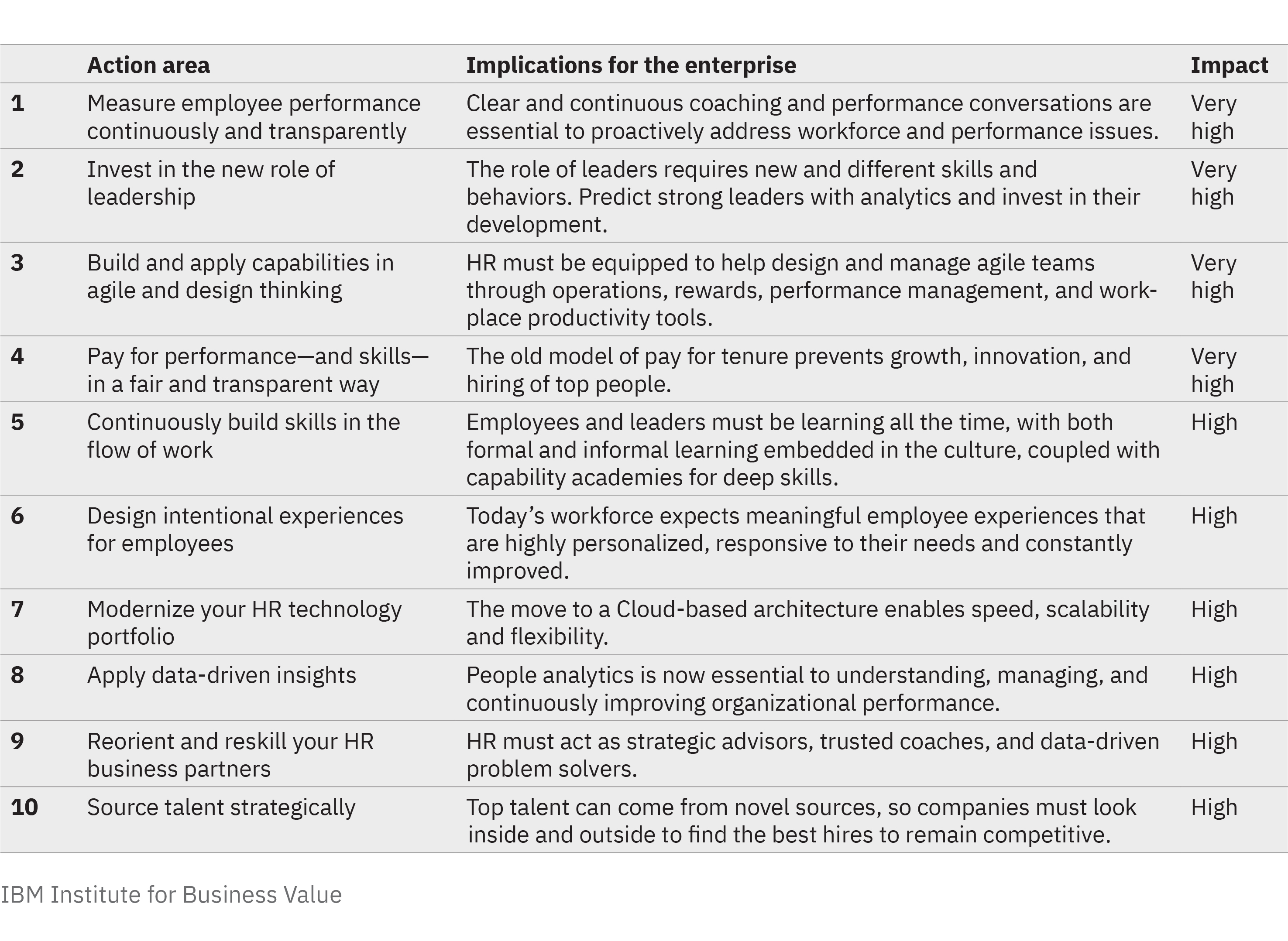Accelerating the journey to HR 3.0
Change is continual in today’s business environment. Companies are deploying at scale new technologies—especially those called “exponential” because their impact scales so quickly—to make use of the massive volumes of data being produced and captured by devices in an Internet of Things (IoT). Businesses are also using these technologies— especially artificial intelligence (AI) and automation—to build new business platforms and restructure the flow of work across their extended ecosystems.
And, of course, most recently, the global pandemic has drastically accelerated everything, including a massive, unprecedented shift in where work gets done.
But at the heart of all these changes are the people making them, the people charged with implementing them, and the people directly or indirectly affected by them. And with diminished human contact wrought by the pandemic, enterprises must now become inherently humanized, build engagement with remote employees, foster trust in uncertain times, and cultivate a resilient workforce capable of facing whatever the future may hold.
HR 3.0: A business imperative—and a paradigm shift
Our research shows that the radical reinvention of human resources is critical for organizations. More than two thirds of the executives we surveyed say that the global HR function is ripe for disruption. Even more convincing? The best companies in the world—those outpacing all others in profitability, revenue growth, and innovation—are extremely confident in the need to reinvent HR. Eight times as many HR execs from these north star companies are already driving the disruption in their organizations, as compared to others.
More than 2/3 of executives surveyed say the global HR function is ripe for disruption.
We also uncovered widespread agreement on five common characteristics that underpin HR 3.0:
- Deeply personalized experience-centric design
- Skills placed at the core of the enterprise
- Data-driven decision making powered by AI
- Agile practices for speed and responsiveness
- Consistent transparency to preserve trust and reduce reputational risk.
Employee experience is central in 3.0, as HR helps drive a company’s overall enterprise transformation. The HR function becomes more automated and AI-driven, more data-centric and consultative, and more agile than before. However, achieving this future vision is not easy. Only 30 percent of companies tell us they are living some of the principles today, and only 1 in 10 are leading in all five.
Only 1 in 10 companies surveyed say they are leading in all five HR 3.0 principles.
It appears that HR executives are unsure how best to evolve their operating model to HR 3.0. Which programs and activities should they prioritize? What investments will accelerate the journey?
To answer these questions, we examined a multitude of people practices that HR units around the globe are deploying at various stages of maturity. We tested each for its impact on enabling enterprise transformation to understand the activities in HR that will have the most value. Our analysis has identified ten priority Action Areas critical to the HR 3.0 model. The Action Areas span the breadth of the human resources function, in some cases wholly reinventing traditional people practices.
Ten Action Areas critical to HR 3.0

Learn more about how the world’s best companies are acting in these ten areas, taking bold steps to apply the principles of HR 3.0 to accelerate their transformations and outperform their peers.
Meet the authors
Amy Wright, Managing Partner, Talent and Transformation, IBM ConsultingJanet Mertens, Global HR Research Leader, IBM Institute for Business Value
Diane Gherson, Chief Human Resources Officer, IBM
Josh Bersin, Global Industry Analyst
Download report translations
Originally published 16 October 2020





